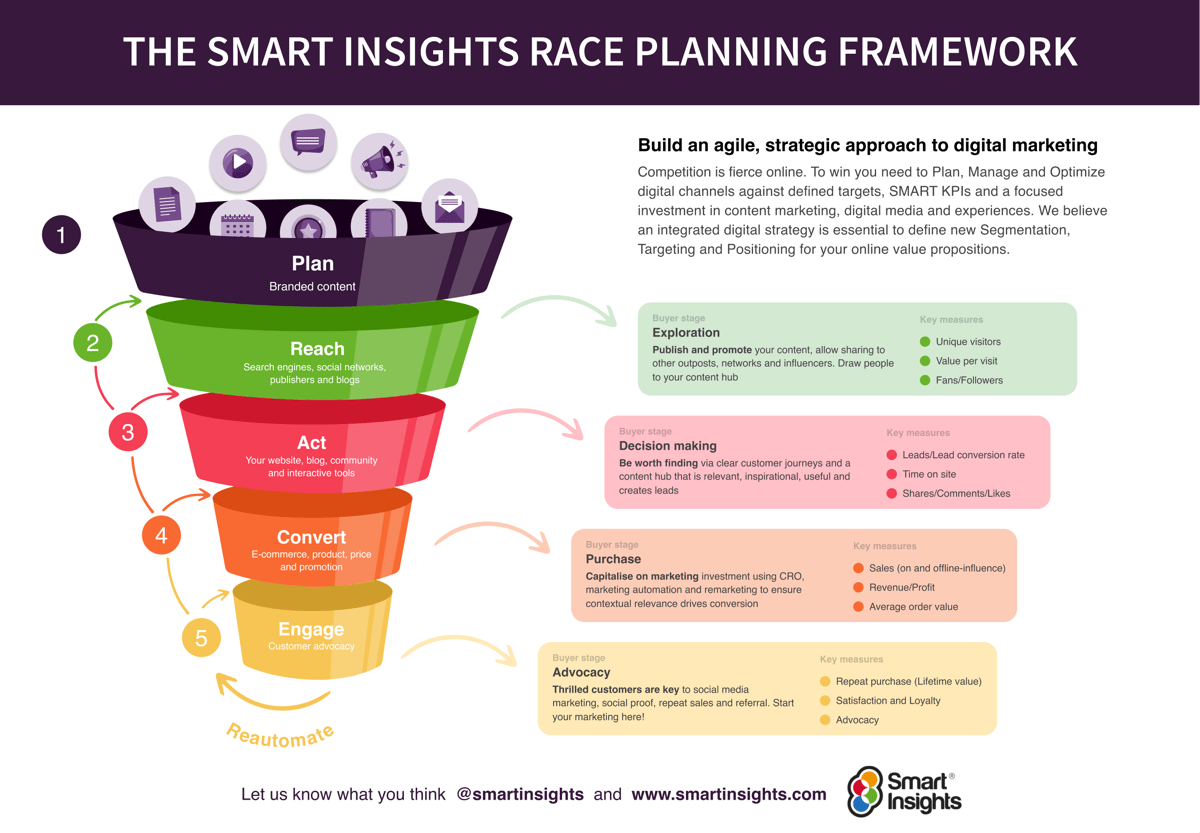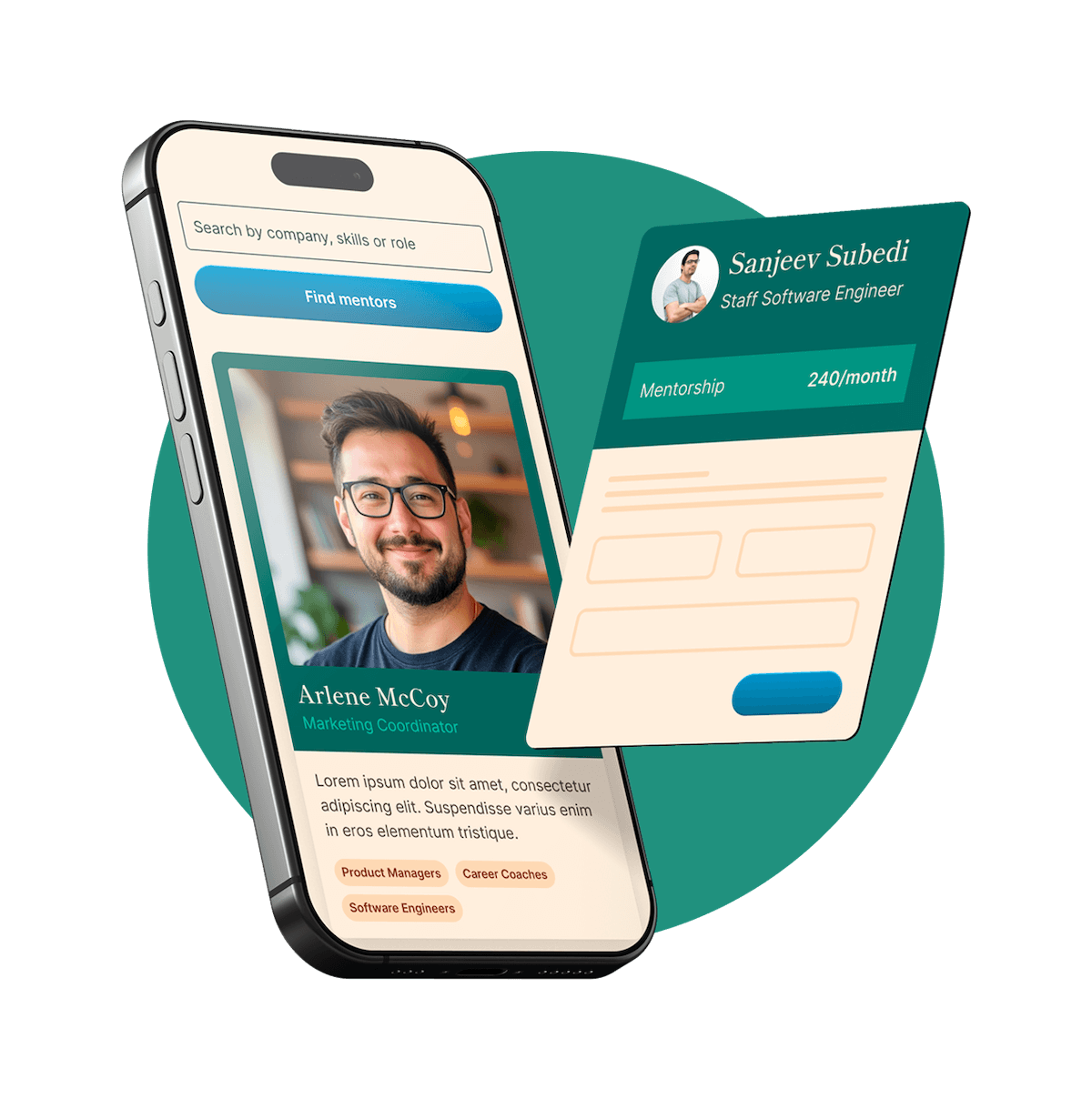Growing a startup today requires more than ambition and hard work — it demands a structured, repeatable system for driving awareness, interaction, conversion, and long-term engagement. Without a strategic growth framework, even promising startups risk falling into chaos, burning resources without achieving sustainable momentum.
As an active mentor at international startup accelerators and innovation platforms, I have seen firsthand what differentiates ventures that thrive from those that plateau. A clear, actionable roadmap makes all the difference.
Enter the Smart Insights RACE Planning Framework — a battle-tested methodology that empowers startups to strategically orchestrate their marketing and customer journey.
This article unpacks the RACE framework, illustrates common pitfalls at each stage, and explains why pairing this framework with experienced mentorship accelerates startup success.
Disclaimer: The RACE Planning Framework discussed in this article was developed by Smart Insights. Full credit goes to Smart Insights. For more information, visit Smart Insights - RACE Framework.

RACE stands for:
Before executing RACE, Smart Insights recommends beginning with a Plan phase to set strategy, objectives, and KPIs.
Together, these phases create a closed-loop marketing system aligned with customer lifecycle stages and business growth.
The strength of RACE lies in its ability to guide startups and businesses across industries, providing a structure that evolves with customer behavior and technological advancements.
Objective: Define your growth goals, audience, and strategy.
Key actions:
Common Mistakes:
Mentorship Tip:
Investing extra time into strategic planning can save months of wasted execution and reduce costly mistakes. A mentor can help challenge your assumptions and fine-tune your strategy.
Objective: Attract the right audience to your brand and assets.
Channels include:
Key metrics:
Common Mistakes:
SEO Tip:
Consistently publishing high-quality, keyword-optimized content tailored to user intent is crucial for sustainable organic reach.
Mentorship Tip:
Focus first on mastering one primary channel that best reaches your target persona before expanding your reach strategy. A mentor can help you prioritize channels and avoid dilution of focus.
Objective: Encourage visitors to interact and engage with your content.
Tactics:
Key metrics:
Common Mistakes:
SEO Tip:
Use clear internal linking strategies and structured data (schema markup) to improve engagement and crawlability.
Mentorship Tip:
Clear messaging and simple UX can double or triple your interaction rates without increasing ad spend. A mentor can provide actionable UX feedback based on best practices.
Objective: Turn prospects into paying customers.
Conversion levers:
Key metrics:
Common Mistakes:
SEO Tip:
Ensure that your landing and checkout pages load quickly, are mobile-optimized, and have meta tags that improve CTR.
Mentorship Tip:
Tighten your sales flow with frictionless CTAs, urgency elements, and social proof to maximize conversions. Mentors help test and iterate offers more efficiently.
Objective: Turn customers into advocates who drive referrals and repeat sales.
Engagement strategies:
Key metrics:
Common Mistakes:
SEO Tip:
Publishing case studies and customer success stories boosts trust signals and keyword diversity, helping long-tail SEO performance.
Mentorship Tip:
Loyalty-driven growth often outperforms pure acquisition-driven growth in both cost efficiency and long-term value. Mentors help design scalable customer success frameworks.
Real-world success stories show that startups applying the RACE framework consistently outperform peers who rely on ad-hoc tactics.
A mentor helps navigate these traps, ensuring strategy and execution reinforce each other.
Mentorship accelerates RACE success by:
Mentorship isn't about hand-holding — it's about compressing learning curves, avoiding costly mistakes, and maximizing execution speed.
The Smart Insights RACE Planning Framework offers structure, clarity, and growth scalability — exactly what ambitious startups need.
By combining RACE with strategic mentorship, you dramatically improve your odds of building a company that not only survives but thrives.
Ready to RACE ahead and build your future faster?
Let's work together. Book a mentorship session with me and let's scale smarter, not harder.
About the Author
Jimmy Jaspers helps startups, scaleups, corporates and ecosystems grow through AI-powered customer experience (CX), strategic mentorship, and innovation. As a mentor at Harvard Innovation Labs, StartX (Stanford), Techstars, Founder Institute, MassChallenge, and other global platforms, Jimmy supports ambitious founders in building high-growth ventures. Ranked as the #1 e-commerce mentor on MentorCruise with a 5.0/5.0 rating.
Connect with Jimmy Jaspers on MentorCruise
References
Find out if MentorCruise is a good fit for you – fast, free, and no pressure.
Tell us about your goals
See how mentorship compares to other options
Preview your first month
